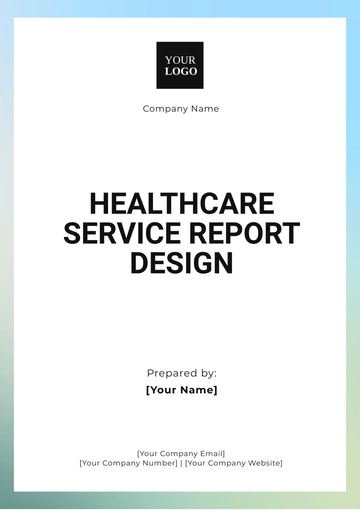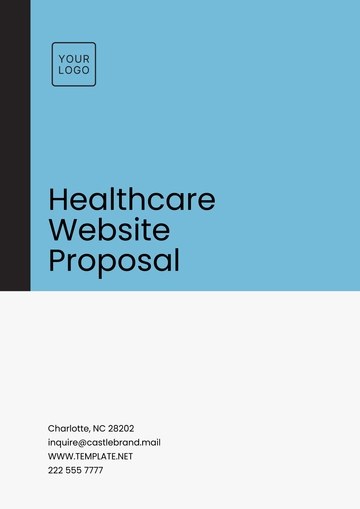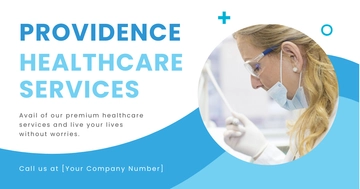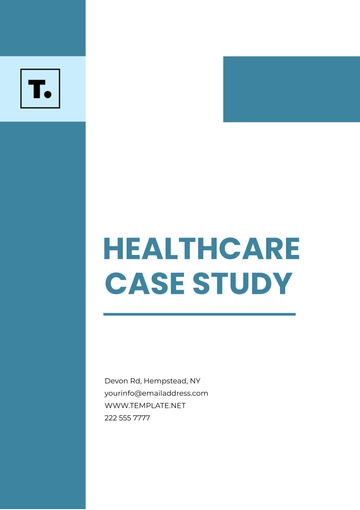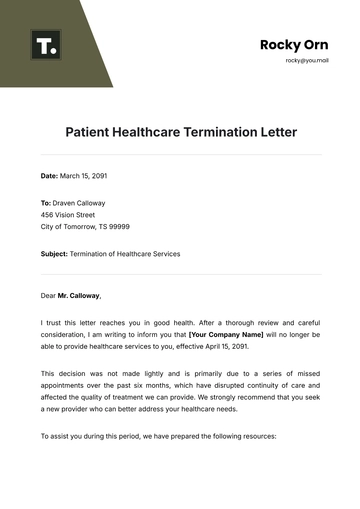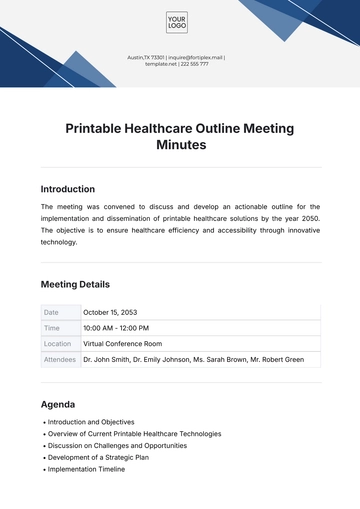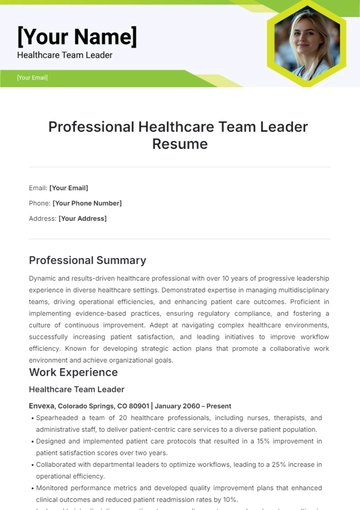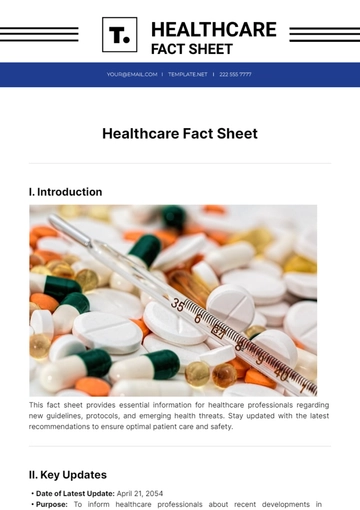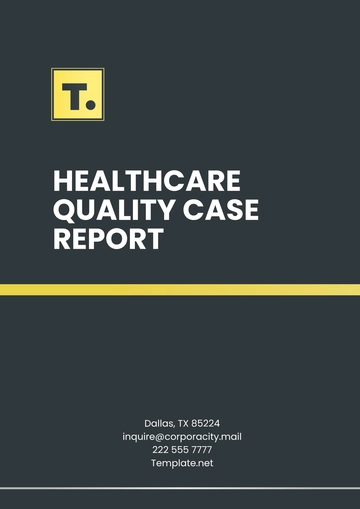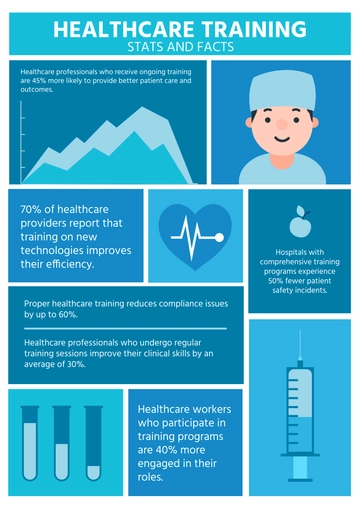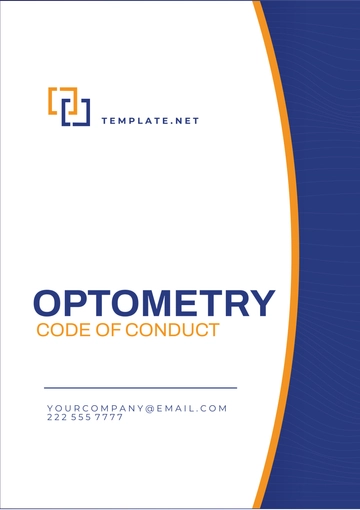Free HIPAA Compliance
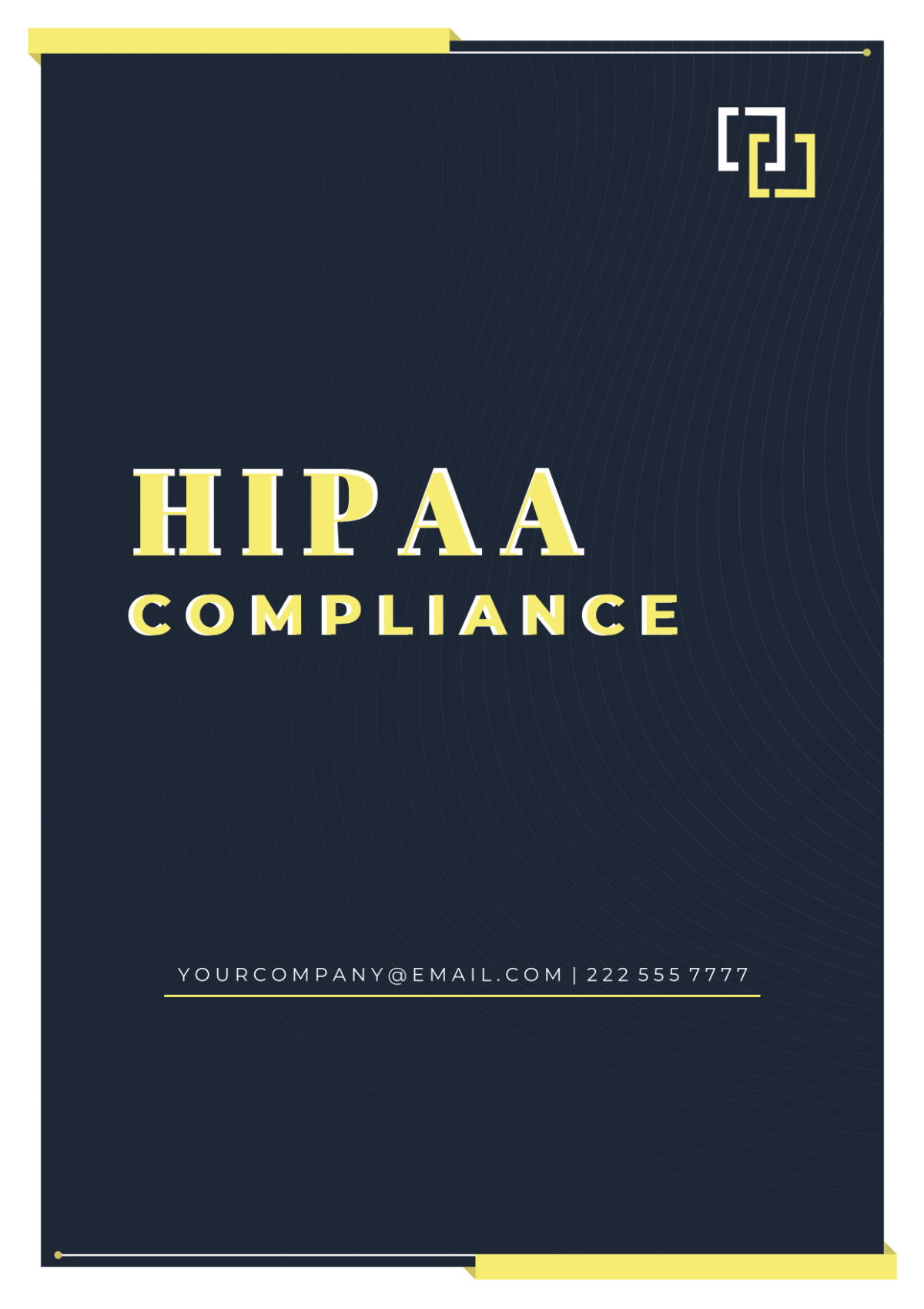
I. Introduction
HIPAA is a key legislation ensuring confidentiality, security, and privacy of patient health information, thus building trust with healthcare providers.
II. Employee Training and Awareness
Employees are crucial for HIPAA compliance and patient data protection.
They are often the frontline defense against potential breaches and must be well-equipped with the knowledge and skills necessary to uphold HIPAA standards.
Effective training programs reduce risks and foster a compliance culture.
III. Training Objectives
Understanding HIPAA Regulations:
Grasp the intricacies of HIPAA regulations, including key provisions like the Privacy Rule, Security Rule, and Breach Notification Rule.
Understand the implications of HIPAA regulations on daily practices within the organization.
IV. Ensuring Patient Privacy
Respect for patient privacy is fundamental in healthcare.
Employees must be trained to handle PHI with utmost discretion, ensuring that patient information is accessed and shared only when necessary and authorized.
This includes understanding patients' rights regarding their medical records and implementing procedures to safeguard this information.
V. Security Protocols
Comprehensive Security Measures: Employees will be trained to implement a range of security protocols tailored to safeguard electronic Protected Health Information (ePHI). This includes:
Understanding encryption techniques to secure sensitive data and ensure ePHI's inaccessibility to unauthorized individuals.
Learning to set access controls limits ePHI access to authorized staff, minimizing data breach and insider threat risks.
Understanding secure transmission methods like SSL and TLS for safe ePHI exchange over networks.
Employees are equipped with incident response plans to efficiently handle and mitigate ePHI security incidents, minimizing damages and maintaining compliance.
VI. Training Content
HIPAA Basics:
Exploring HIPAA regulations' history, objectives, and evolution.
A detailed overview of healthcare providers, health plans, and clearinghouses' responsibilities under HIPAA.
Comprehensive overview of PHI, including examples, categories, and the importance of its protection in maintaining patient confidentiality.
VII. Privacy Practices
Intensive HIPAA training on patients' rights, covering aspects such as:
The right to access medical records
Request amendments to their records
Receive notice of privacy practices
Practical guidance on handling PHI, emphasizing:
Secure storage practices
Proper disposal methods
Protocols for accessing and disclosing patient information
VIII. Security Protocols
Instructions on securing ePHI:
Encryption algorithms
Multi-factor authentication
Role-based access controls
IX. Training Methods
Experienced HIPAA compliance experts lead interactive workshops to engage and facilitate active learning via discussions, group activities, and Q&A sessions.
Online modules, customized for various organizational roles, enable flexible, self-paced learning for employees.
Practical demonstrations and simulations using mock scenarios and software tools: Reinforce learning outcomes and enhance skill acquisition.
X. Assessment and Evaluation
Baseline pre-training assessments assess employees' HIPAA knowledge.
Post-training evaluations with quizzes and case studies gauge learning retention.
Continuous feedback like surveys enhances training effectiveness.
XI. Documentation and Record-keeping
We keep detailed records of training sessions for auditing and compliance in a central location.
Employees receive certificates upon successful training completion.
Regular audits and reports track progress, identify trends, and promptly rectify training program deficits.
XII. Ongoing Training and Updates
Annual courses to refresh HIPAA compliance, update on regulatory changes, and address healthcare data security trends or threats.
Timely communication of regulatory updates and policy changes through various channels, including email bulletins, intranet announcements, and training sessions.
XIII. Signature

[Compliance Manager]
[Date]
- 100% Customizable, free editor
- Access 1 Million+ Templates, photo’s & graphics
- Download or share as a template
- Click and replace photos, graphics, text, backgrounds
- Resize, crop, AI write & more
- Access advanced editor
Ensure HIPAA compliance effortlessly with Template.net's HIPAA Compliance Template. Tailored for precision and ease, this editable template is customizable to your specific requirements. Crafted with our AI Editor Tool, it simplifies the process, ensuring your organization meets regulatory standards with confidence.
